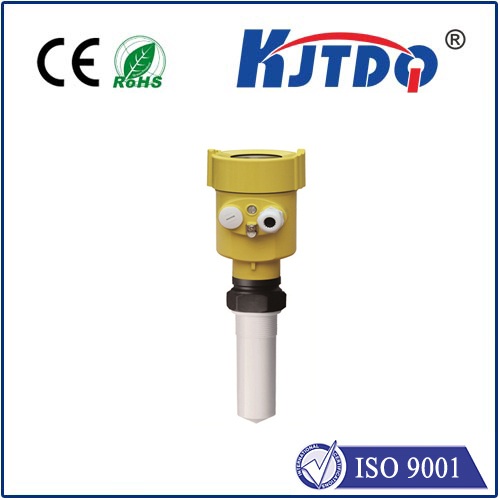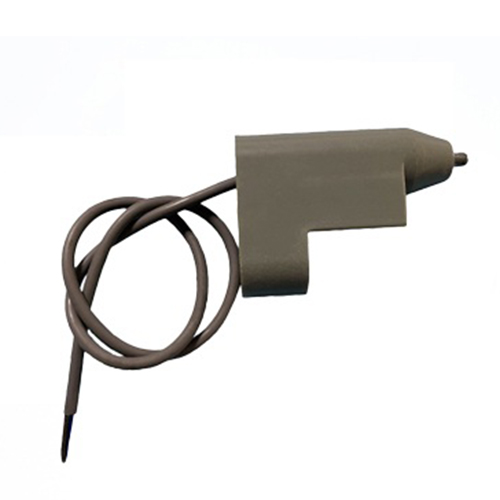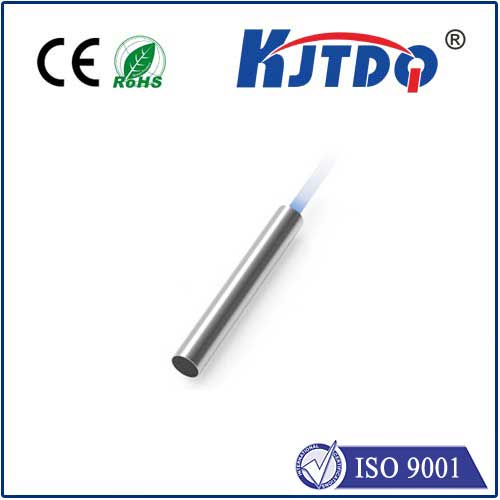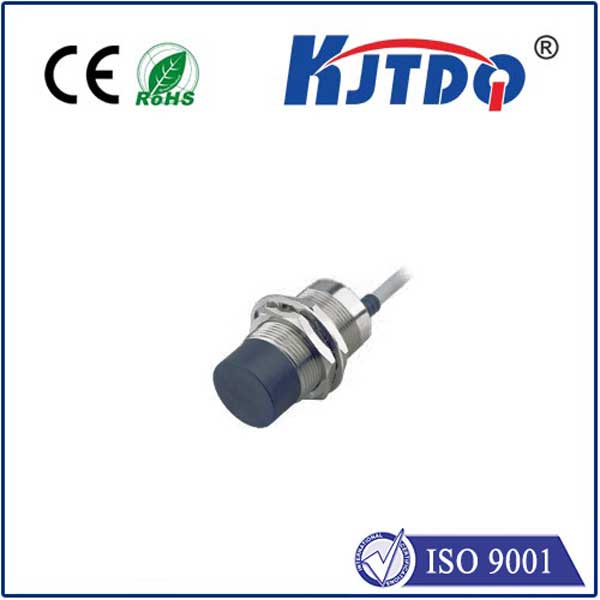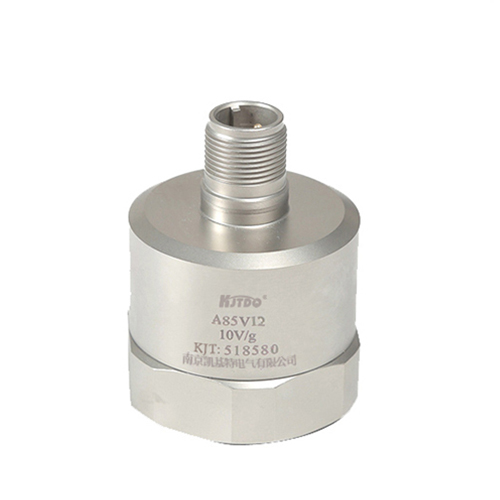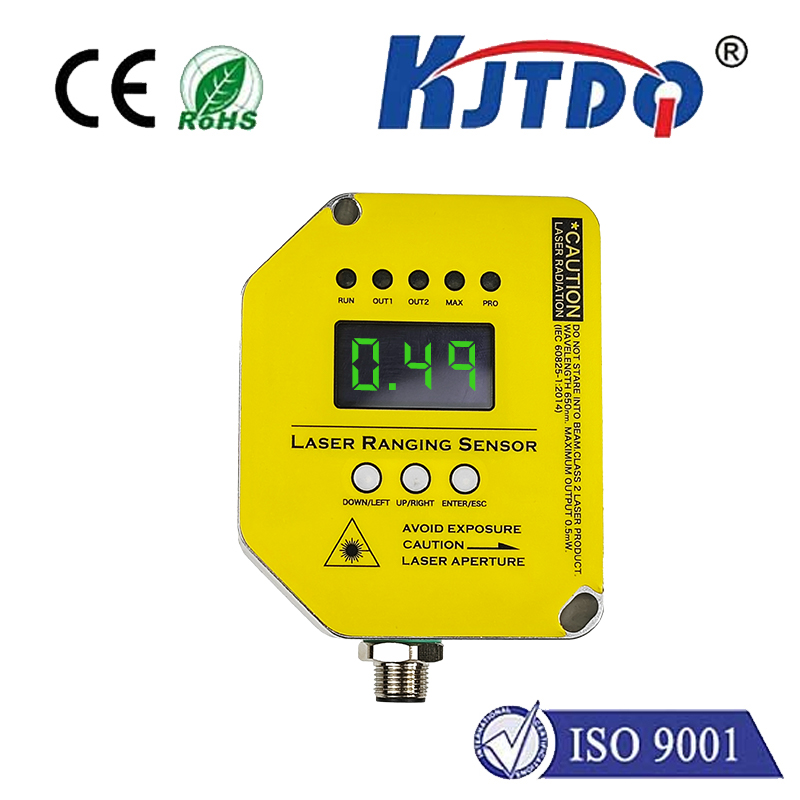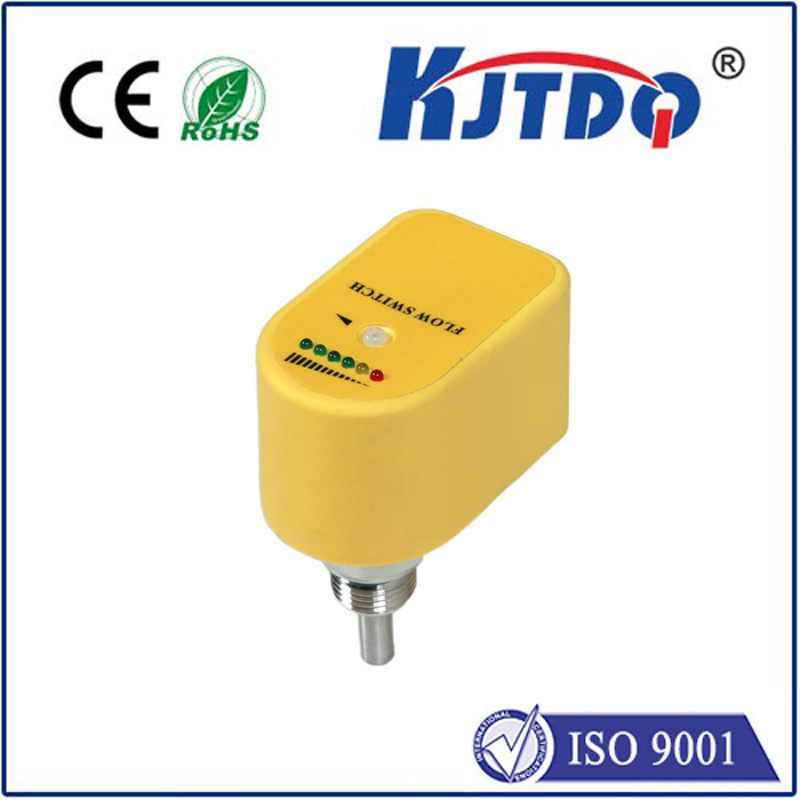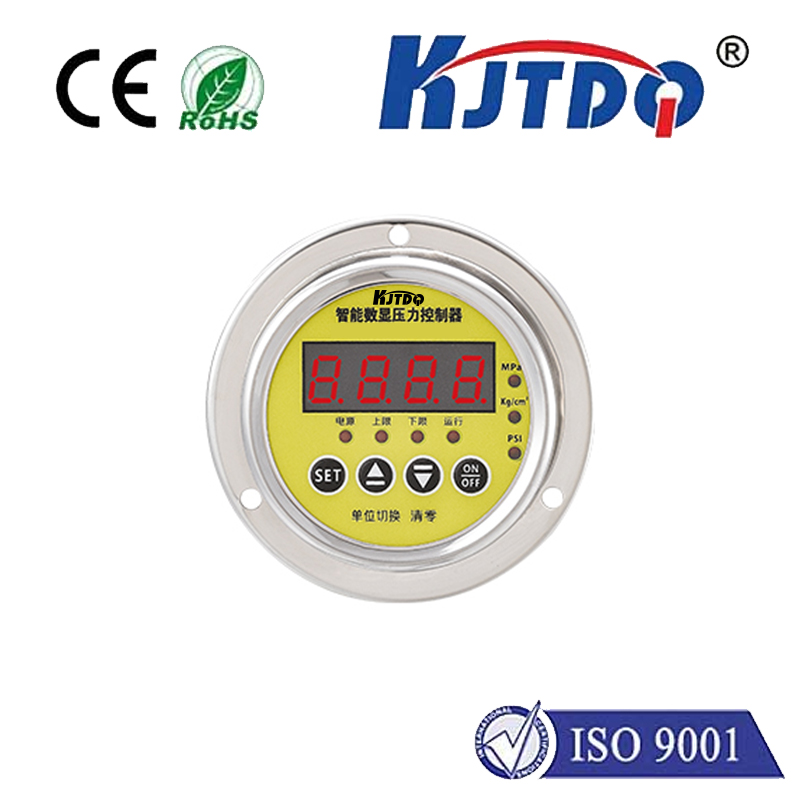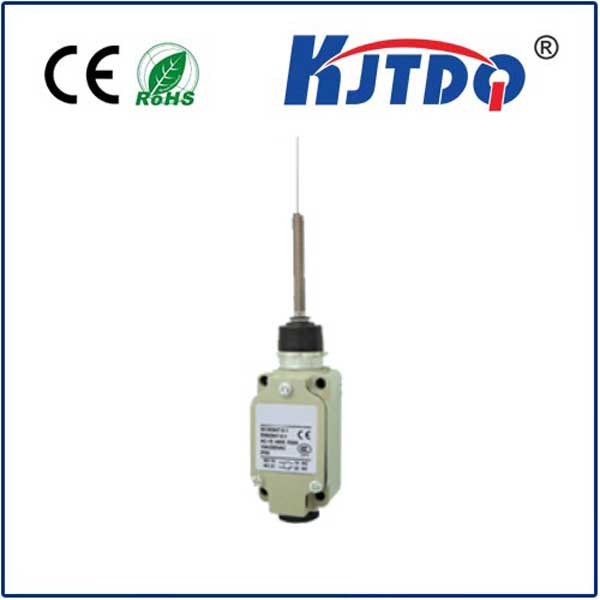

check

check

check

check

check

check

check

check

check

check
Introduction:
Proximity sensors are a type of sensor that detects the presence or absence of an object or person by measuring the distance between them and the sensor. These sensors have become increasingly popular in recent years due to their numerous applications in various industries, including manufacturing, automotive, healthcare, and security. In this article, we will discuss the basics ofjenis proximity sensors, how they work, and their applications in different fields.
Section 1: What Are Jenis Proximity Sensors?
Jenis proximity sensors are electronic devices that use infrared radiation or超声波 to sense the distance between two objects. They consist of a transmitter and a receiver, with the transmitter emitting a pulse of radiation that travels through the air towards the receiver. When the pulse reaches the receiver, it creates a signal that is processed by the sensor to determine whether an object is present or not. There are several types of jenis proximity sensors, including ultrasonic, infrared, magnetic, and laser-based sensors.
Section 2: How Do Jenis Proximity Sensors Work?
The working principle of jenis proximity sensors involves the transmission and reception of electromagnetic waves. The transmitter emits a pulsed electromagnetic wave that travels through the air towards the receiver. When the pulse reaches the receiver, it interacts with the reflected wave and creates an echo signal. The sensor then processes this echo signal to determine the distance between the object and the sensor. The accuracy of jenis proximity sensors depends on factors such as the size and distance of the objects being measured, as well as the environmental conditions, such as interference from other electronic devices.
Section 3: Applications of Jenis Proximity Sensors
Jenis proximity sensors have many different applications across various industries. In manufacturing, they can be used to detect machinery malfunctions or ensure that machines are properly aligned before starting production. In automotive industry, they are commonly used for parking assistance systems, collision avoidance systems, and door unlocking systems. In healthcare, they can be used to monitor patient vital signs and prevent accidents caused by elderly people who may have trouble walking or standing up. In security, they can be used to detect unauthorized access to buildings or vehicles, as well as to trigger alarms when someone approaches a specific location.
Conclusion:
In conclusion, jenis proximity sensors are a versatile and essential tool in today's modern world. With their ability to accurately measure distance and detect presence or absence, they have found applications in various industries that improve safety, productivity, and convenience. As technology continues to evolve, it is likely that we will see even more innovative ways to utilize these sensors in the future.
